By Shala Watson
No matter where your day leads or how it ends, it all starts with a farmer.
And today—on National Ag Day—we take a minute to think about how agriculture is a part of almost everything we eat, wear and use on a daily basis.
This year’s theme is “Food Brings Everyone to the Table.”
Farmers and ranchers work year-round to provide a safe supply of food, fiber and fuel for a growing world population and those right in their own communities. They care for their livestock and are committed to protecting the land that makes it possible.
A hungry world is counting on that dedication.
And the sustainability of farmers and ranchers makes it possible. They do more with less. Plant fewer acres. Use less fuel and fertilizer. And work hand-in-hand with the environment.
Despite the many challenges, farmers and ranchers continue to work hard to provide for you and me.
They grow cotton, which is used for t-shirts, jeans and the money in our pockets.
They also grow soybeans. They’re used in household items like adhesives for kitchen cabinetry, soaps and shampoos.
Wheat is another crop grown by Texas farmers. It’s an ingredient in breads, crackers and cakes. And it’s also used to make paper, adhesives on postage stamps and charcoal.
And you can’t forget those ears of corn. There are more than 4,300 uses for corn, including fuel, livestock feed, crayons and cereal.
Farmers and ranchers also raise livestock—cows, pigs, chickens and turkeys. It’s the protein on our tables.
And Texas is the sixth largest dairy-producing state in the nation with more than 390 dairies. That milk is used in tasty foods like ice cream, butter and yogurt.
So think about the farmers and ranchers the next time you pour a bowl of cereal, open a kitchen cabinet or grab a t-shirt to wear. It’s not possible without agriculture.
That’s why every day is Ag Day. But today, on National Ag Day, we pause to salute the blessing that is American agriculture.

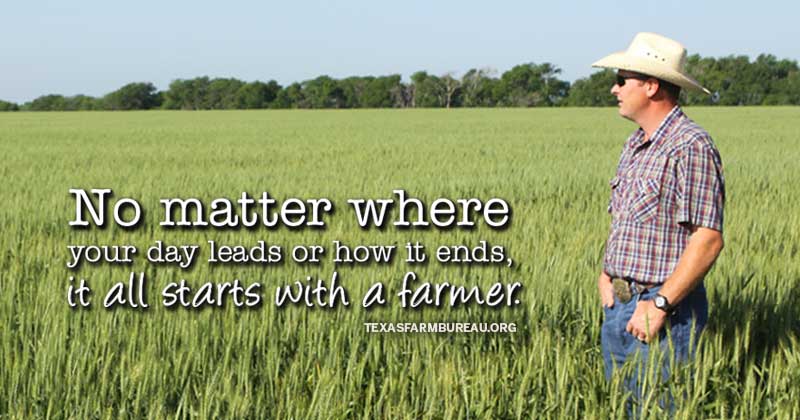
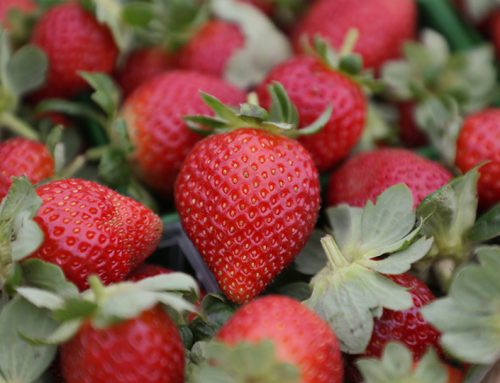
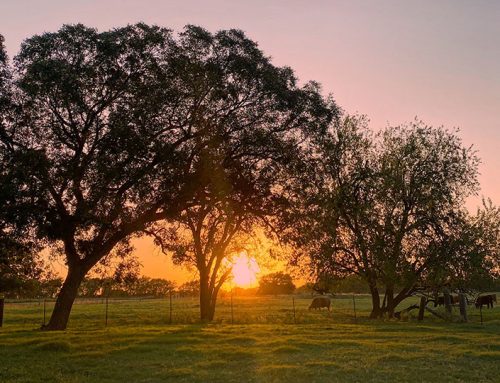
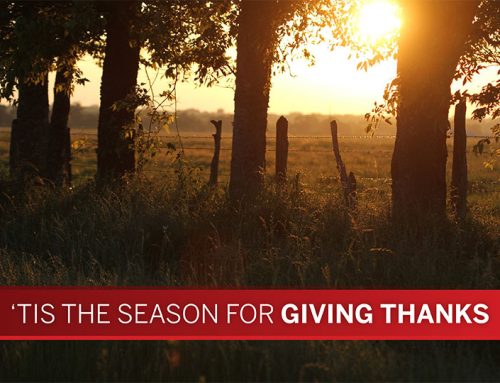
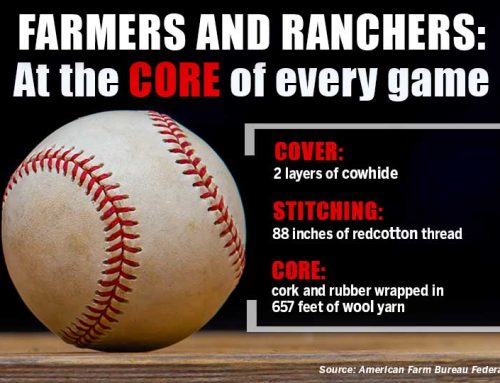
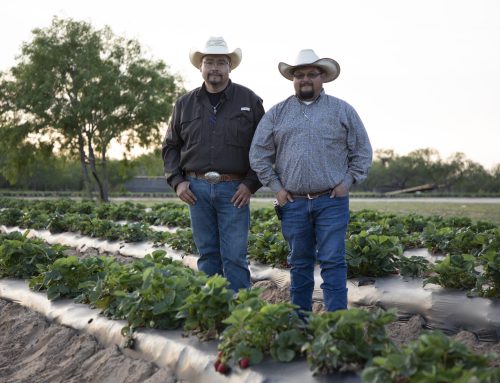




Seems to me that growing-up in small or mid-sized cities or towns as Shala Watson did gives persons better understanding
of the work and careers and personal relations that growing up in big, crowded urban cities like –will not name them– but you know the largest and fast growing cites where even getting from home to school or work place is stressful.